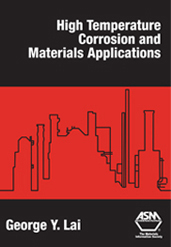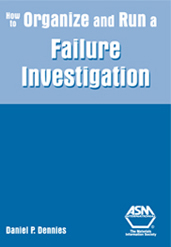Book

Stainless Steels for Design Engineers
2008-12-01
Stainless Steels for Design Engineers is a technical guide for anyone who designs or builds with stainless steels. Loaded with property data, it is a valuable resource for designers and engineers selecting and specifying stainless steels, and for working with new steel types or on new applications. Contents cover metallurgy, corrosion and oxidation, stainless steel alloys, processing, and applications.














